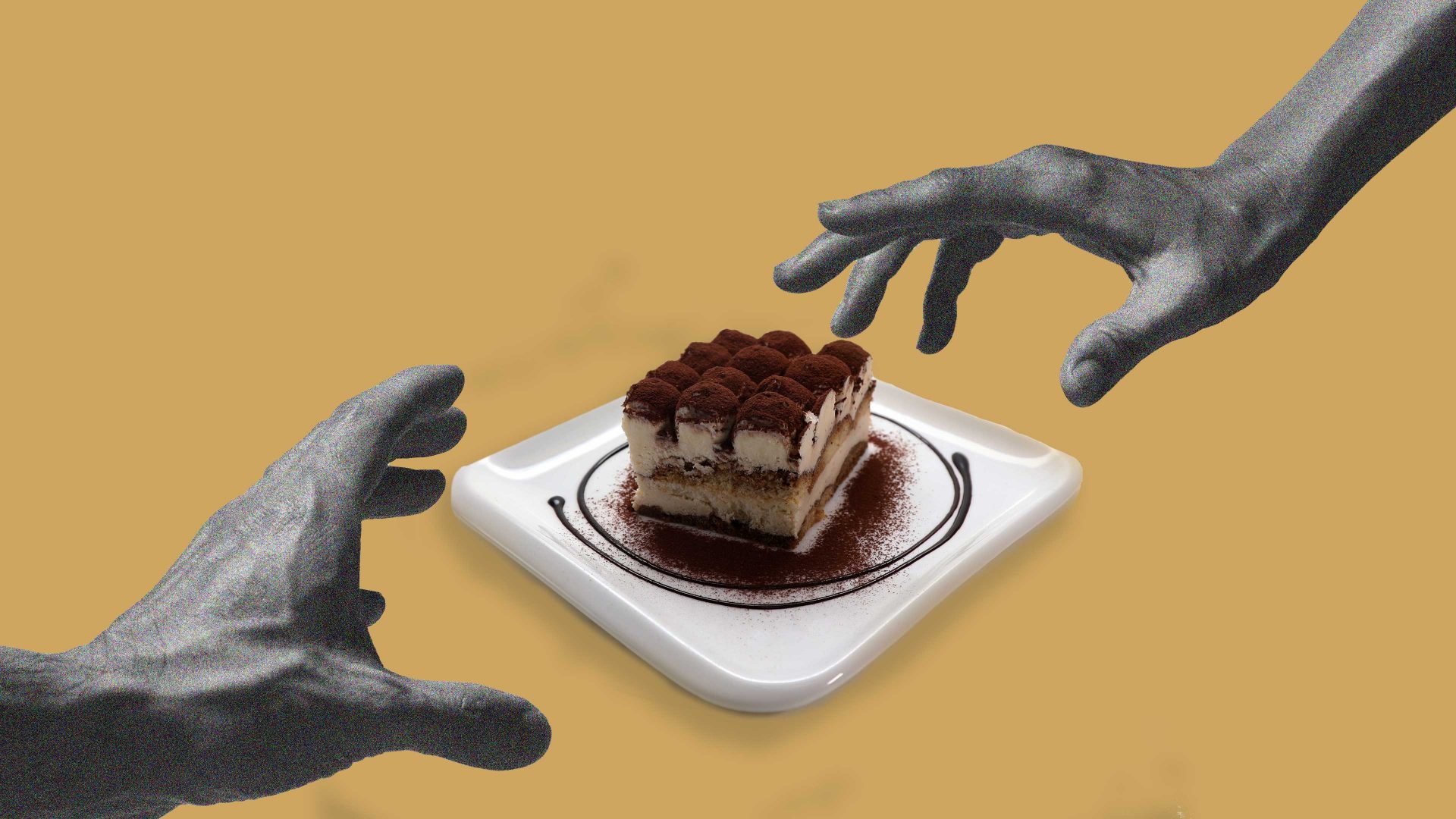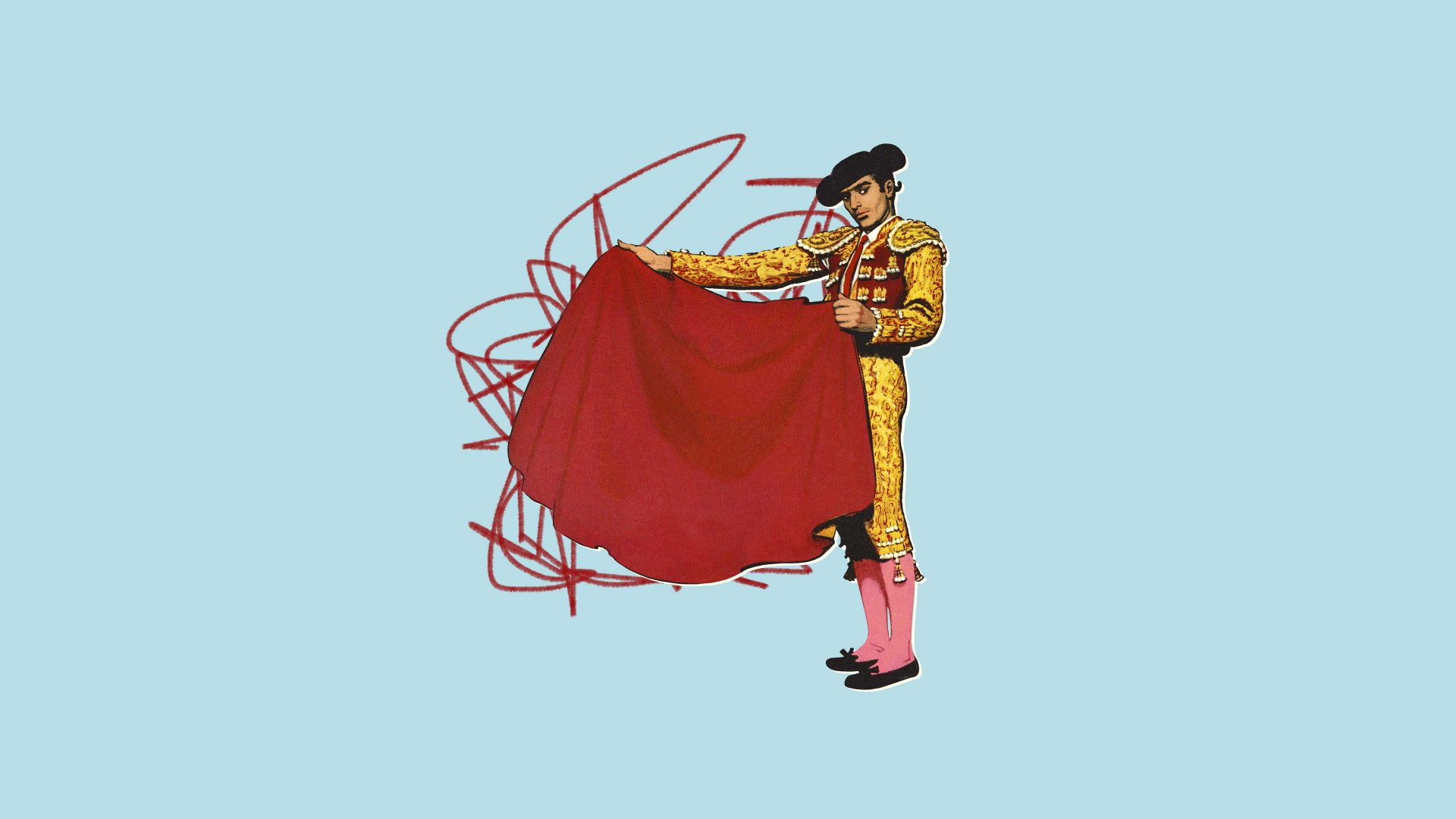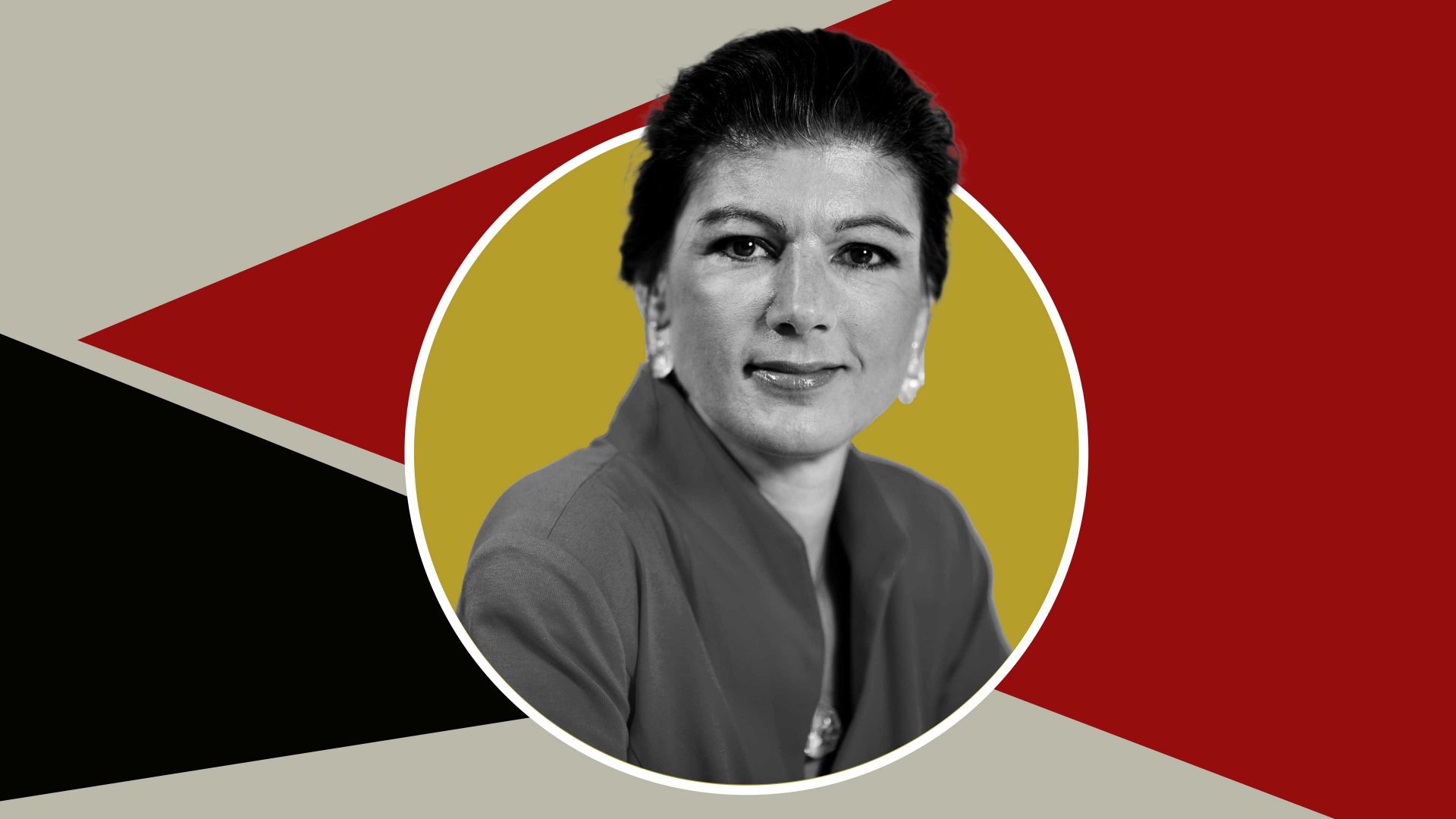Veneto says it’s theirs. Friuli Venezia Giulia says the same. But where is Italy’s favourite dessert really from?
“We are so lucky to be the place where tiramisù comes from”, said Mario Conte, the mayor of Treviso, addressing the crowd at the sixth Tiramisù World Cup Final. “This dessert unites people and it’s a good enough reason to come back and visit Treviso again.”
Conte’s bold statement was met with a round of applause from the onlookers, myself included. After all, tiramisù is a drool-worthy dessert deserving of such praise. I might even argue it’s my favourite afters, which is why I, among many other fans, attended the “world cup” in celebration of the stuff. The streets of “the painted city” were bustling, with scattered tiramisù stands serving portions everywhere.
But to say it originates from Treviso may (and I stress may) be a bit of a stretch depending on who you ask: Italians, and specifically those in the north aside from Veneto, have long argued it’s theirs.
No other family argues this more so than the Del Fabbro family in Tolmezzo, a small town in Friuli Venezia-Giulia with a population of 10,000. The family’s recently deceased matriarch, Norma Pielli, is regarded as being the inventor of the mascarpone-based, coffee-drenched treat, with townspeople saying she came up with the idea in 1954 at Hotel Roma, a business based in the middle of Tolmezzo. This was 18 years before the Treviso restaurant Le Beccherie put the dessert on its menu, under the internationally undisputed “father of tiramisù”, Ado Campeol.
Similarly to Campeol (who died two years ago), Pielli’s death eight years ago at the ripe old age of 97 prompted all local and regional news outlets to use the headline “the inventor of tiramisù has died”.
Her son, Mario Del Fabbro, who also sadly died earlier this year, spent a large part of his later life attributing tiramisù to his mother – so much so that even his profile picture on Facebook was of a tiramisù. His children still contend that it was their grandmother who was the creator; one of them, Lara, got in touch with me to confirm this was true.
However, not everyone agrees. Tiziano Taffarello is founder and chief executive of the Academy of Tiramisù, in Treviso. If anyone knows the history of this dessert, it’s Taffarello – he has been researching the origins of this dolce for 20 years and has examined extensive archives and libraries across the country.
“There is a slight difference between the two recipes,” he told me. “Pielli used egg whites and yolks for the cream. Our region’s version uses only egg yolks. And it all started with sbatudin.”
I asked him about sbatudin. Taffarello says it was a dessert eaten in the past in Veneto, made of sugar and egg yolks to boost energy. He says it acted as the base to create the tiramisù, which should only have six ingredients; savoiardi biscuits, mascarpone, eggs, sugar, coffee, and cocoa powder.
“Anything else that’s added is just a version of it, but not the real tiramisù,” he stresses.
He claims that tiramisù was first eaten in brothels – which, as you can well imagine, was kept quiet in Catholic Italy – and that the dessert wasn’t written about until the 1950s, when the Treviso-born writer Giovanni Comisso wrote about his tiramisù-loving grandmother, Giuseppina Tiretta, who died 100 years ago.
“To say it’s from any other region simply makes no sense,” Taffarello adds, trying to be as objective as possible. “I know that even the Tuscans say it’s been theirs since the early 1500s, but coffee was not imported into Italy until the mid-1500s. Without coffee, there is no tiramisù.”
The majority of foodies worldwide would back him on this, as would the locals. I recently made the terrible mistake of asking my Treviso-born mother-in-law the same question: is tiramisù really from here? She looked at me in complete disbelief.




